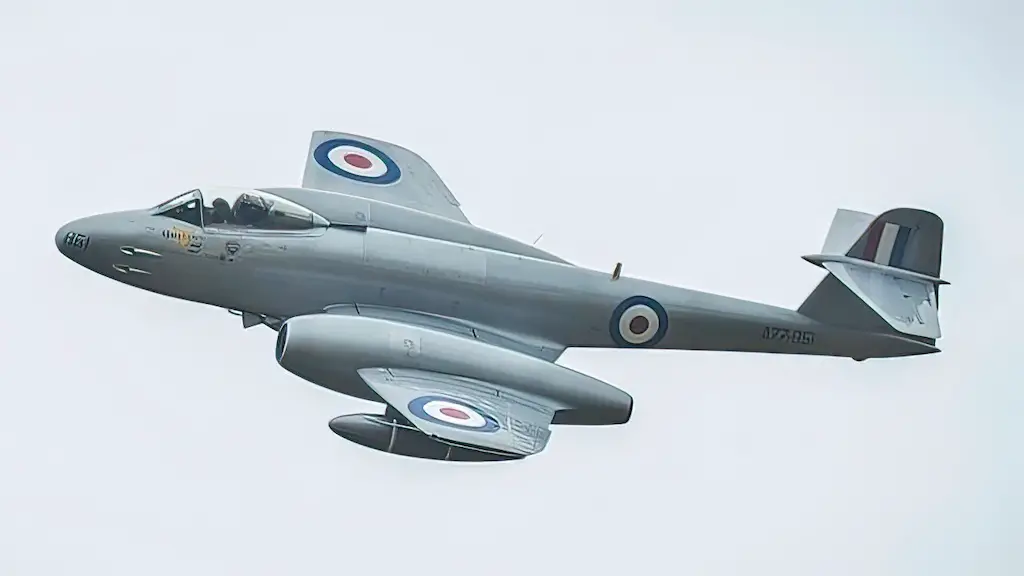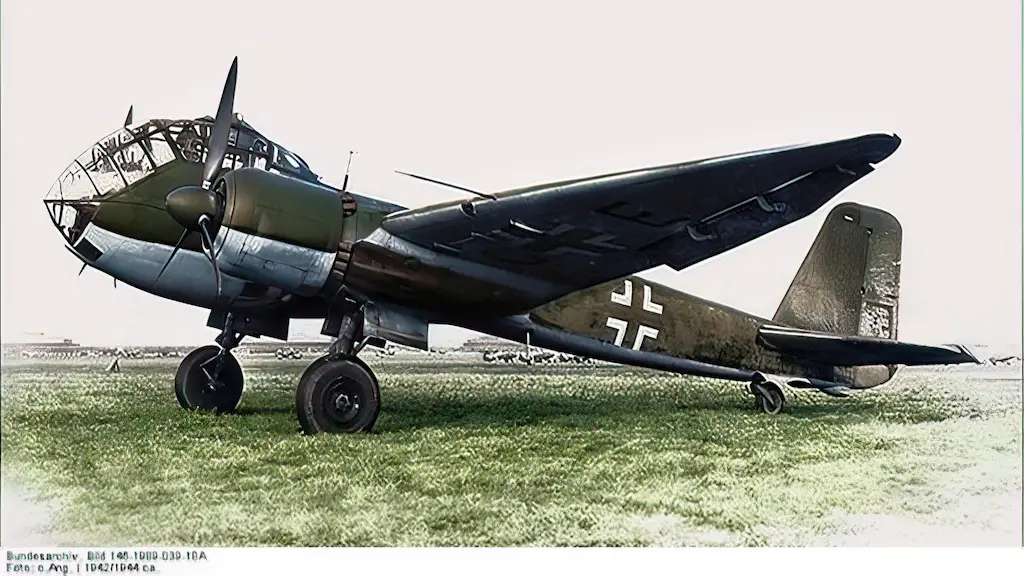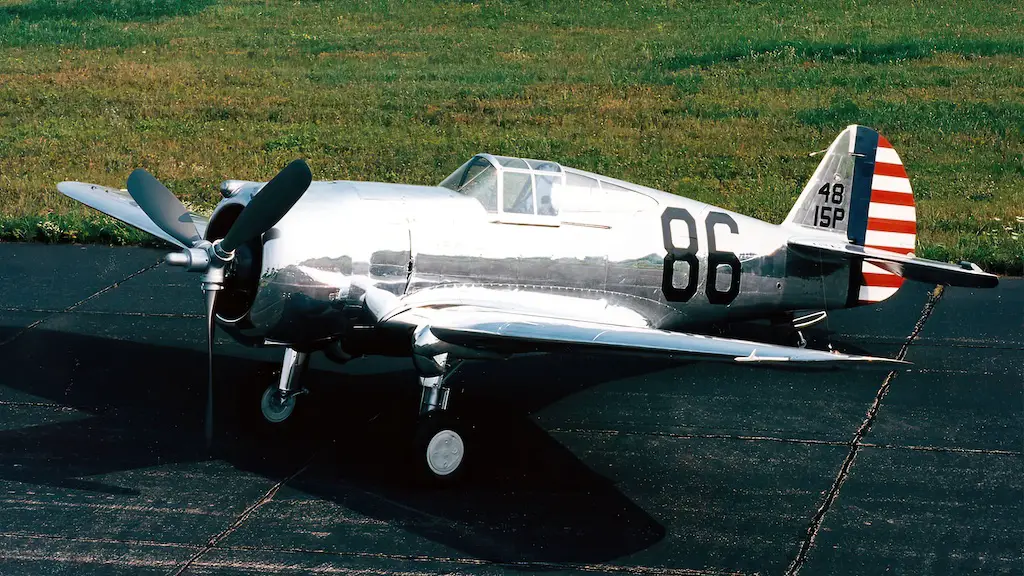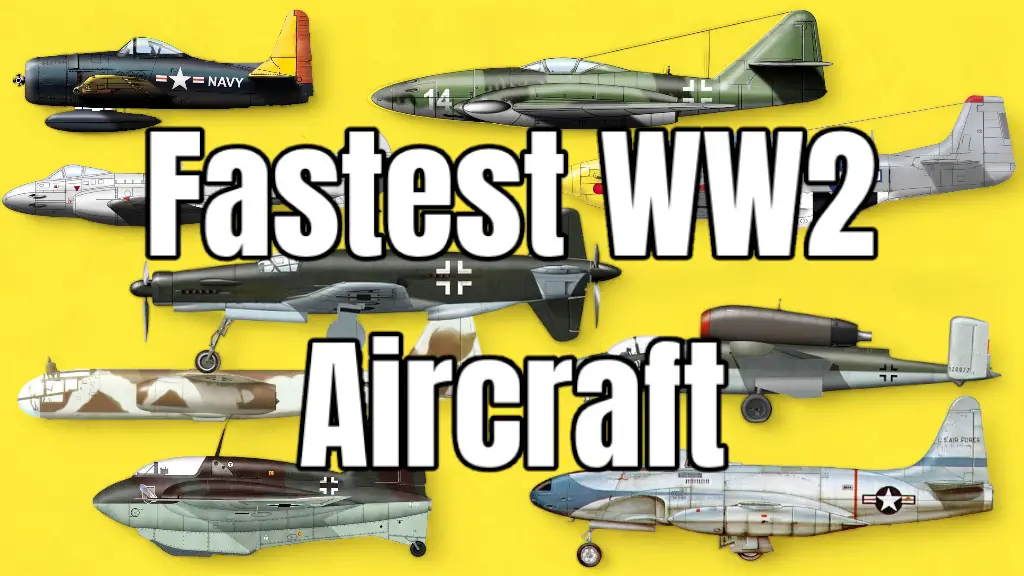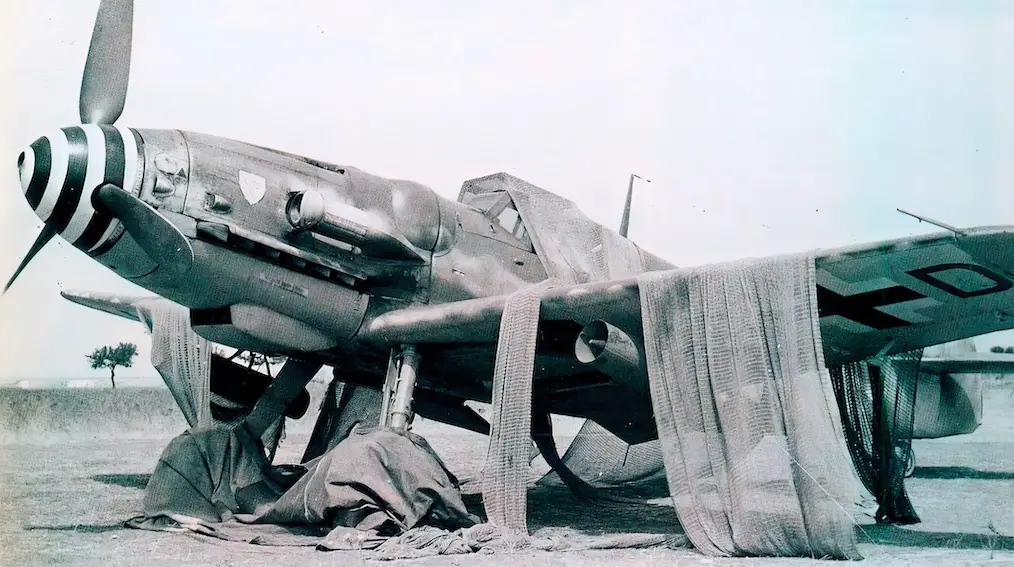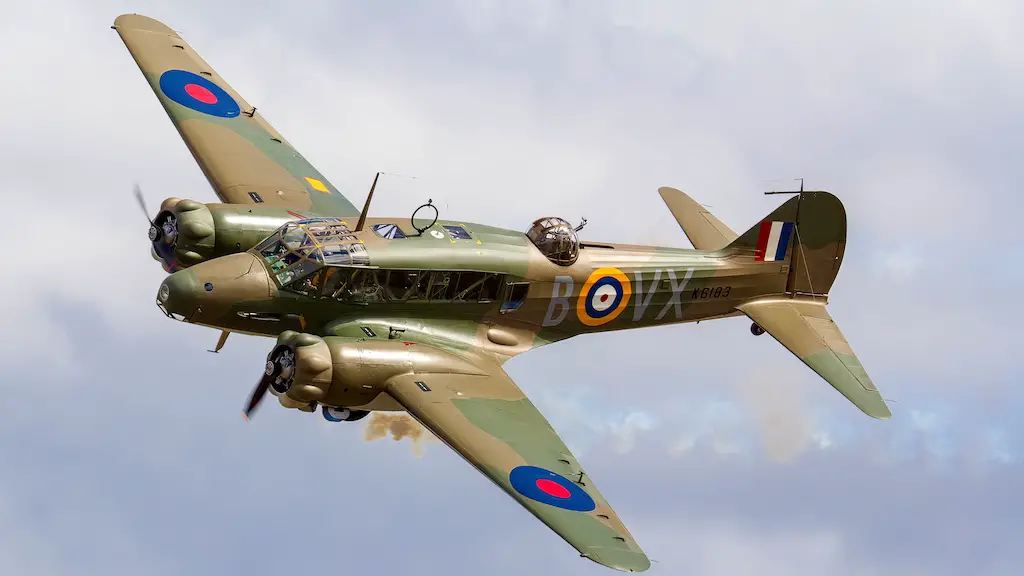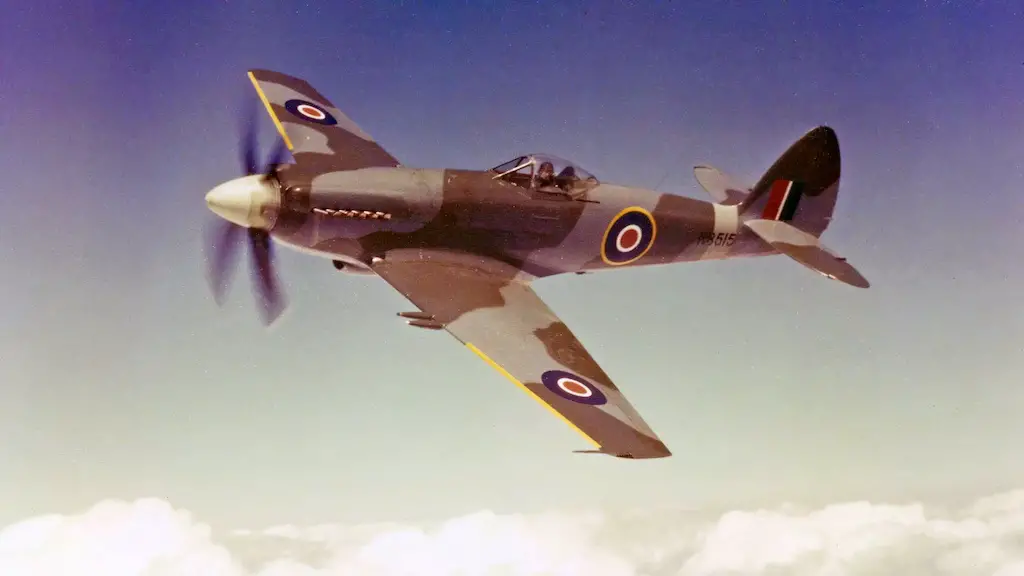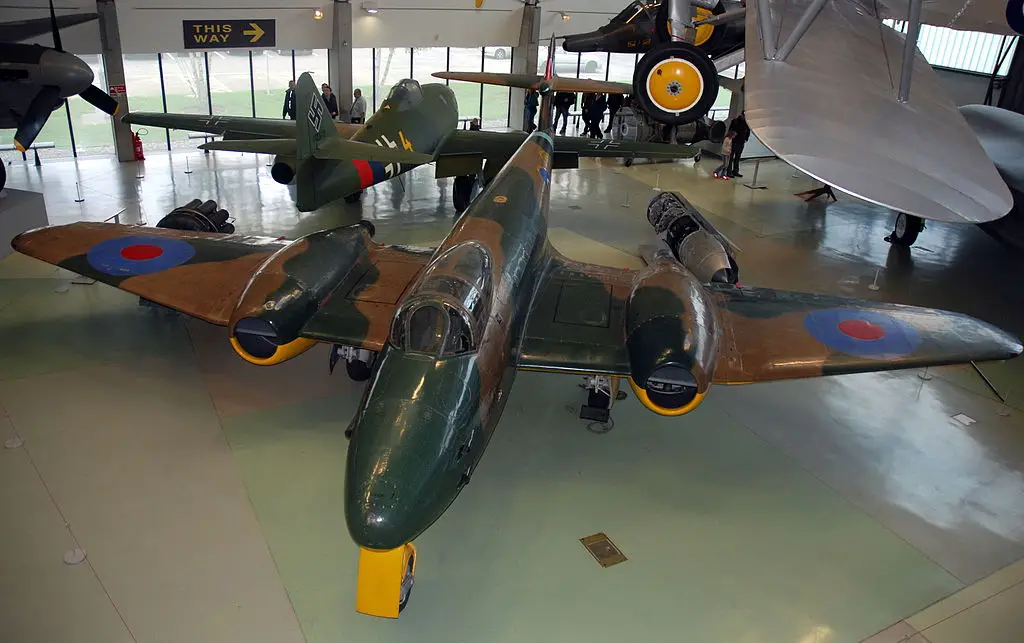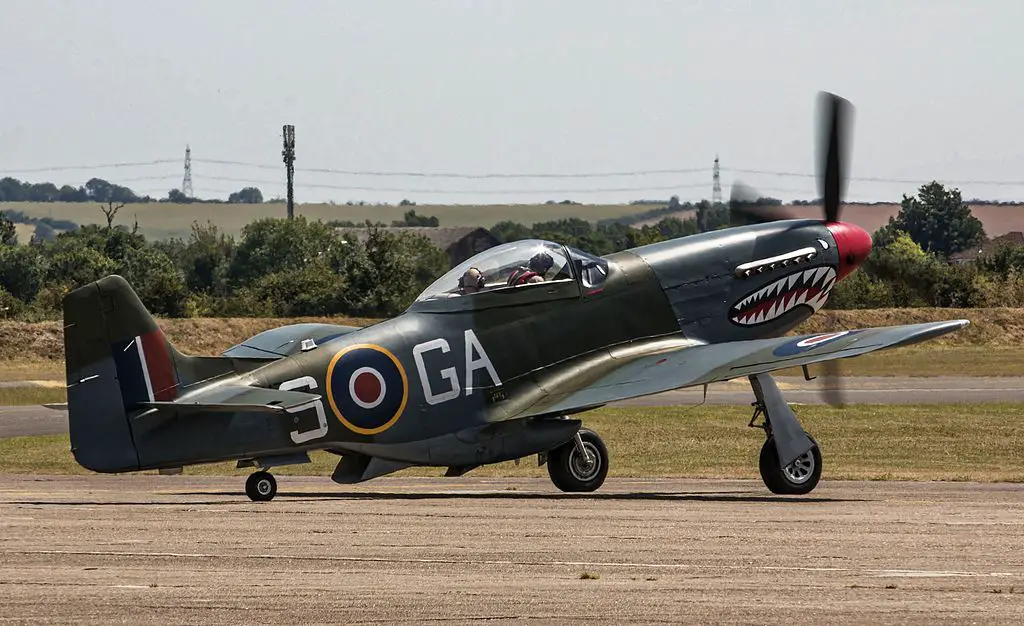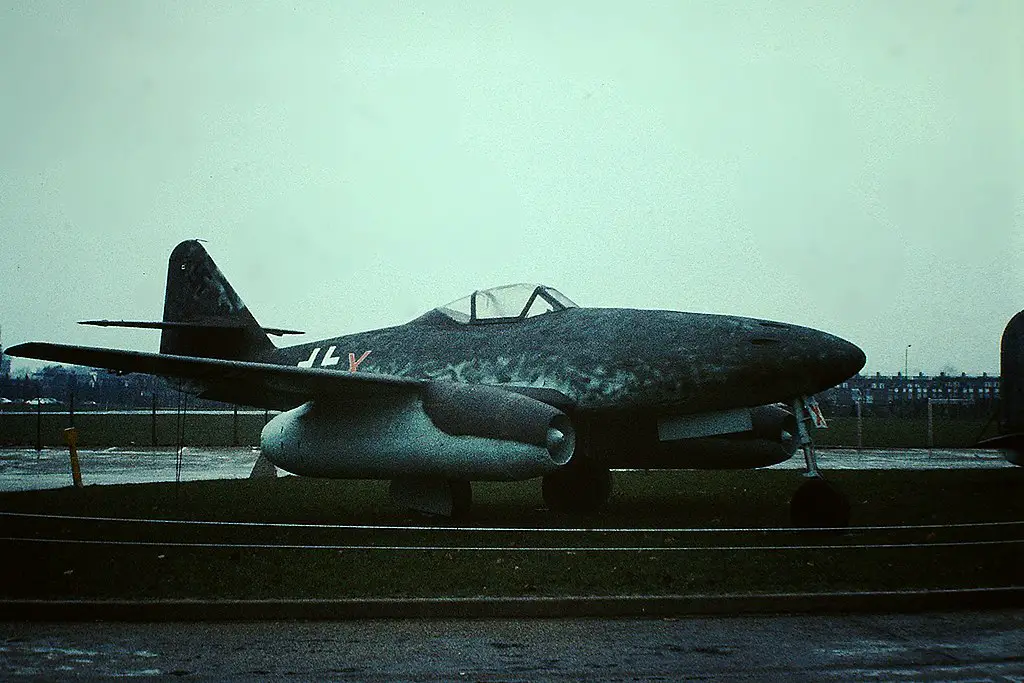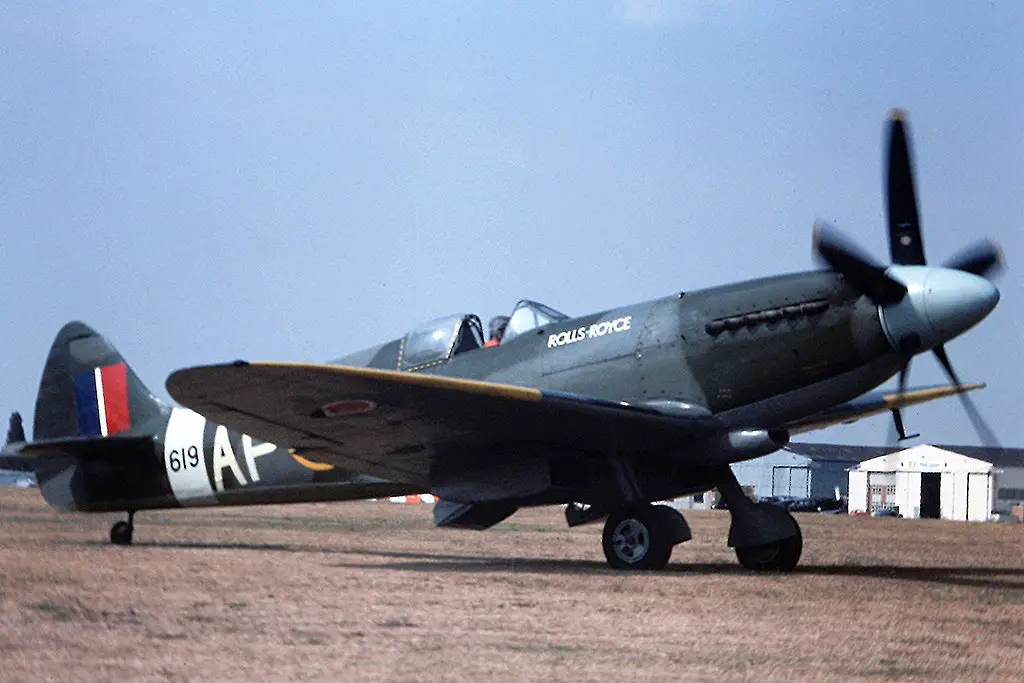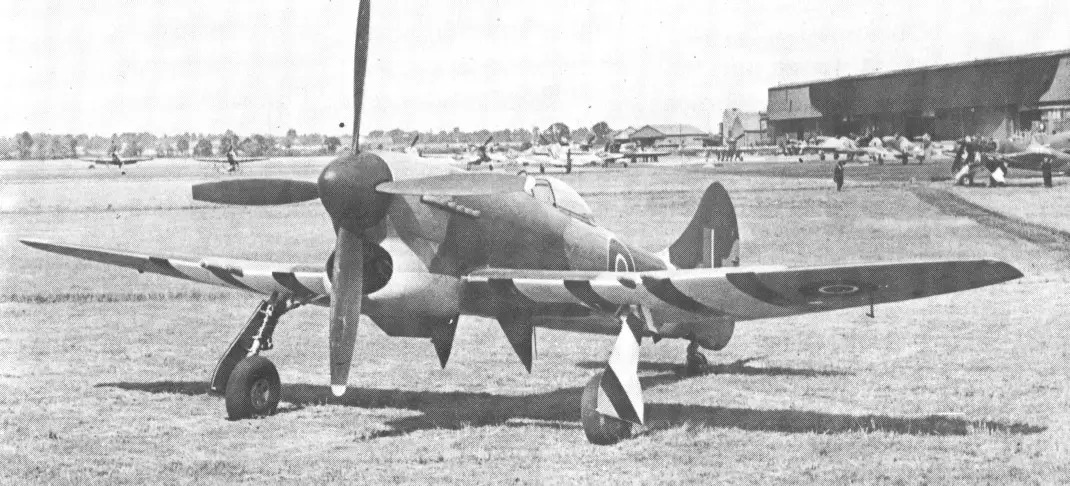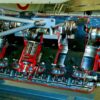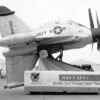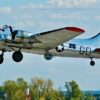Britain’s first jet fighter
The Gloster Meteor, Britain’s first jet-propelled fighter aircraft was introduced into service in July 1944. This was about the same time as the German Messerschmitt Me 262 jet. However, Me 262 was not to become Meteor’s chief adversary. In fact, they never even met each other in combat.
By then the overall war situation was a far cry from the times of Battle of Britain. In the summer of 1944 thousands of British and American bombers were raiding targets in Germany. This was part of a large scale daylight bombing campaign. The Luftwaffe was scrambling whatever scarce fighter forces it had remaining to counter that threat.
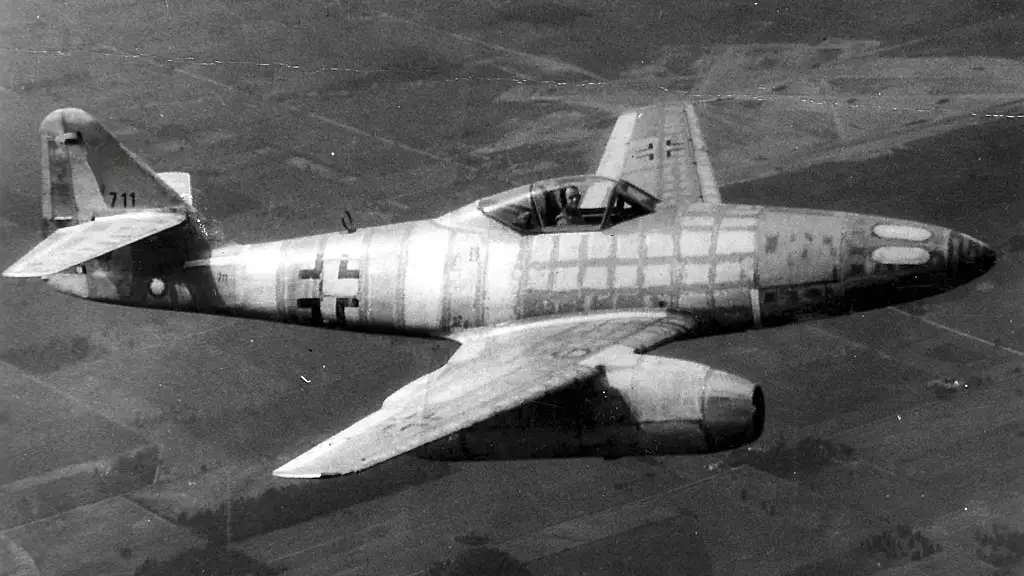
The last German attempt to bomb British cities, the operation Steinbock (also called Baby Blitz) in spring of that year proved to be a disaster for the Luftwaffe itself, so when Meteor got into the British skies, it was not very likely to encounter swarms of German aircraft. Instead, Germany was trying to inflict damage on Britain with its brand new super weapon the first cruise missile V-1.
The first V-1 aimed at London was launched from the occupied France on June 13, 1944. Since then, the rate of attacks grew, peaking at about hundred missiles a day. The so-called flying bombs (also known as ‘doodlebugs’ or ‘buzz bombs’) weighing 4,740 lb (including a 1,870-pound warhead) were launched by catapult ramps. Once in the air it was propelled by a pulse jet, which provided it with speed of up to 400 mph.

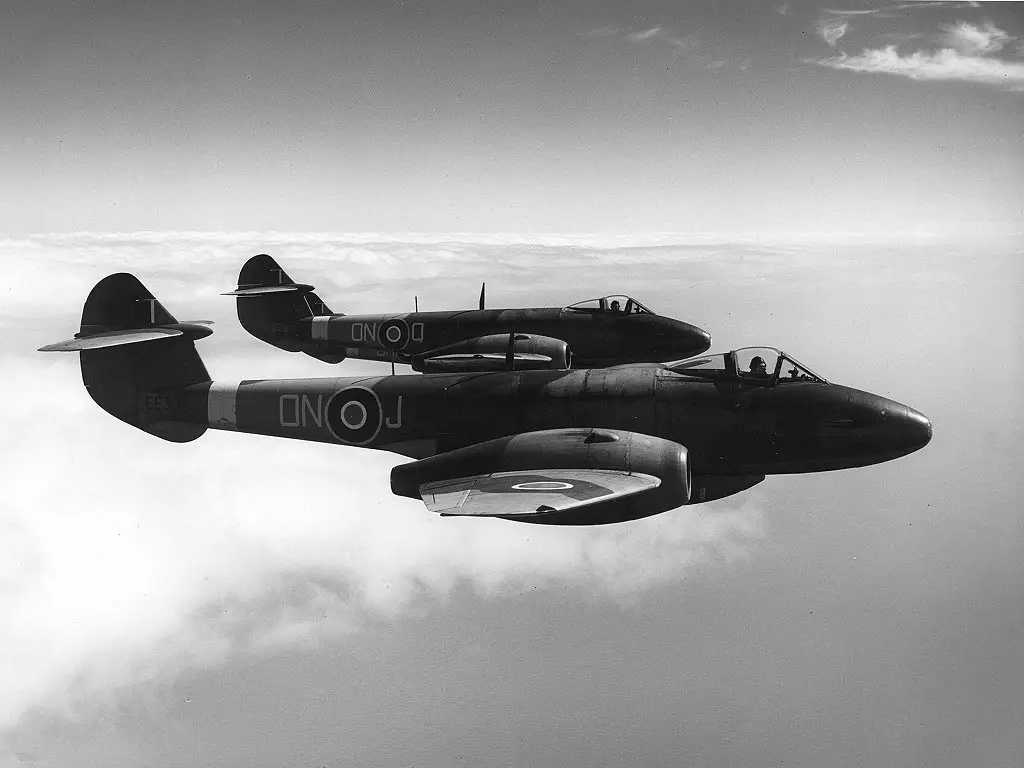
In July 1944 first Meteors arrived at the RAF base in Manston, north-eastern Kent. On July 27, they went on patrol and made first encounters with V-1 but were unable to shoot them down. A Meteor pilot, Flying Officer T.D. ‘Dixie’ Dean managed to finally bring down a flying bomb on August 4. Ironically, he didn’t actually shoot it down, because his 20mm cannons failed to fire. Instead, Dean maneuvered his wing tip a few inches under the wing of the V-1 and pulled upwards, sending the ‘doodlebug’ into a dive way before reaching its target.
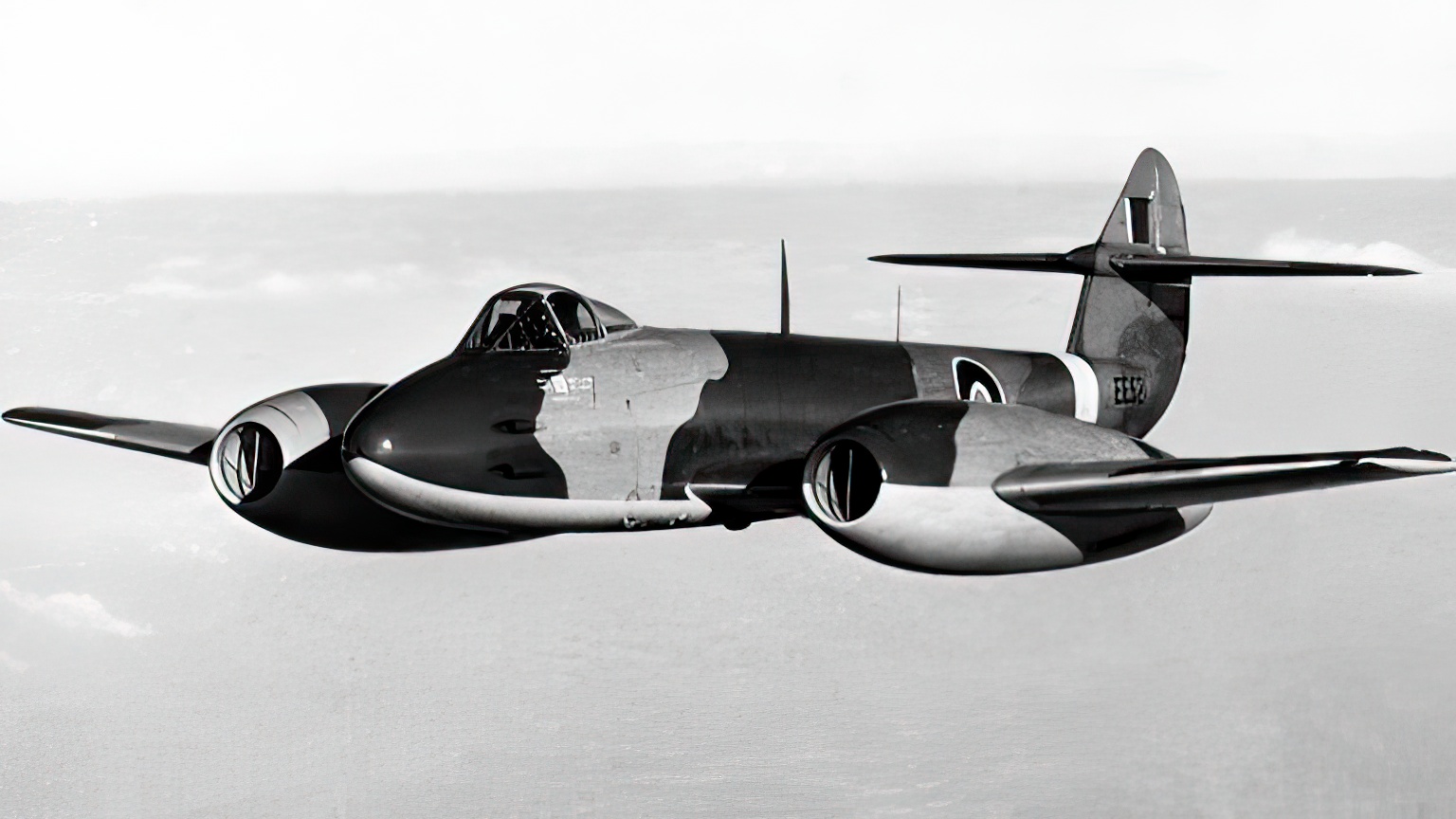
Just about a half an hour later Flying Officer J.K. Rodger sighted another V-1, attacked it with his Meteor’s guns and saw it crash and explode. Thus, Meteor squadron registered two first kills on that day. Meteors’ numbers were scarce, and, just like German jets of the time, they were rushed into service slightly underdeveloped.
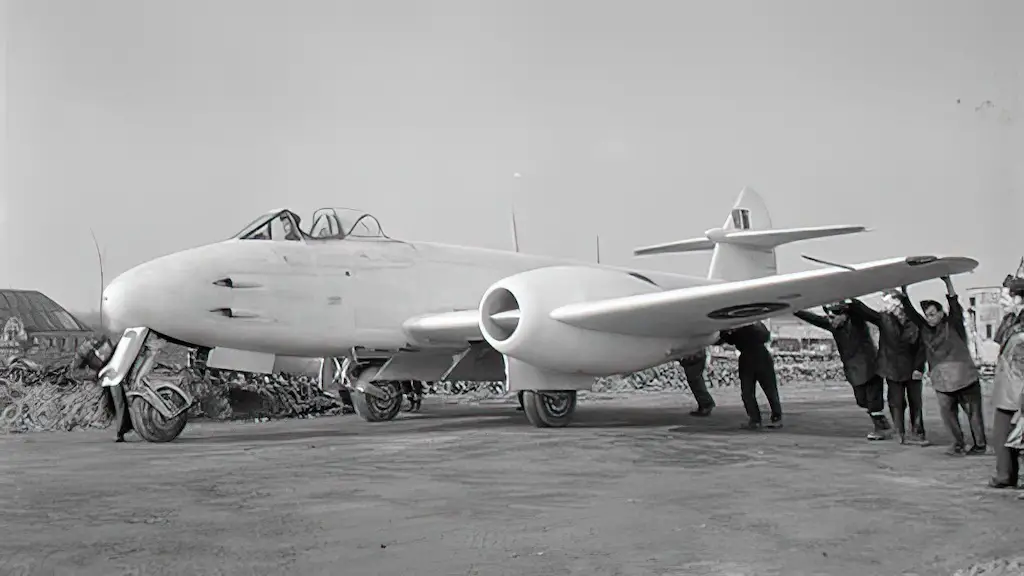
The problem of unreliable arms persisted. Hence, Meteor pilots’ total input into fighting the flying bombs was not a very significant one. They brought down mere 14 missiles, while Hawker Tempests boasted a score of 638 V-1 kills. However, Meteor jets’ deployment against V-1 missiles marked the dawn of a new era in aerial warfare, in which jet-propelled aircraft and weapons would rule supreme.

